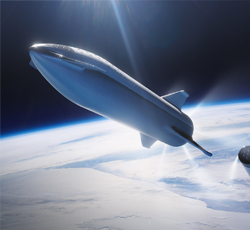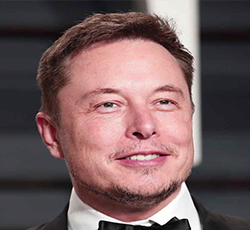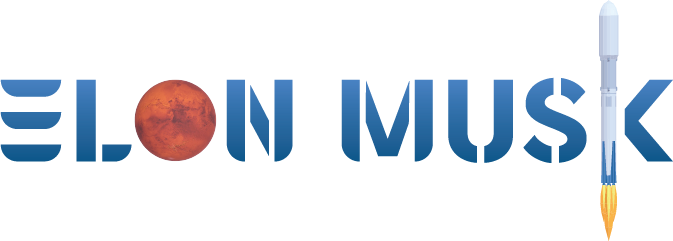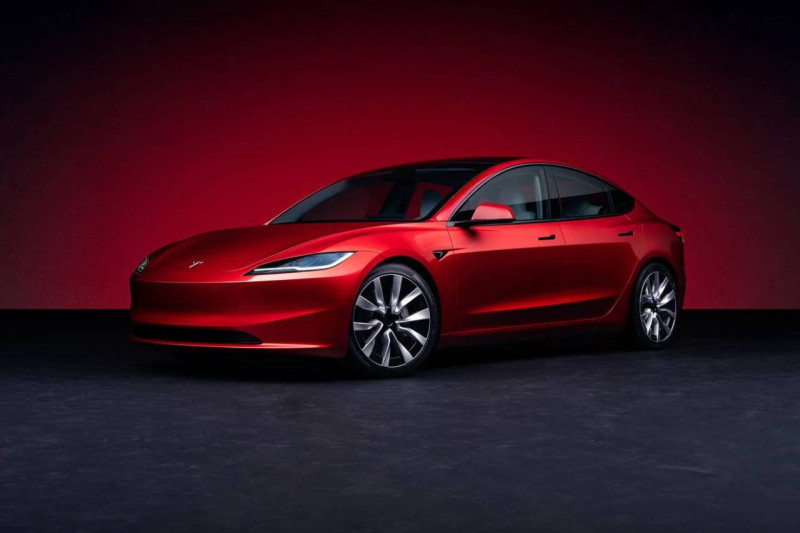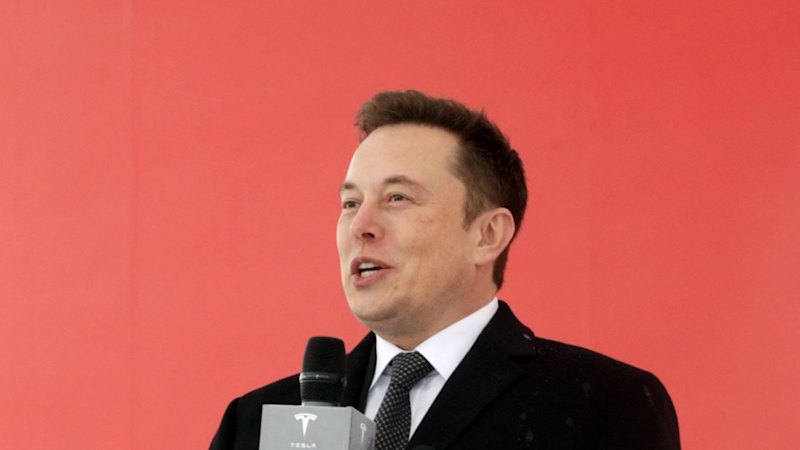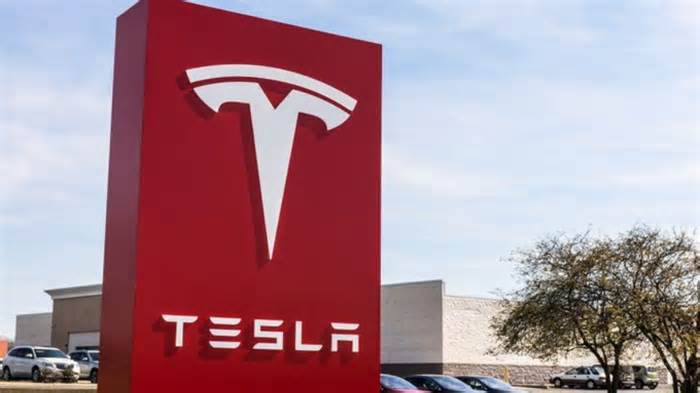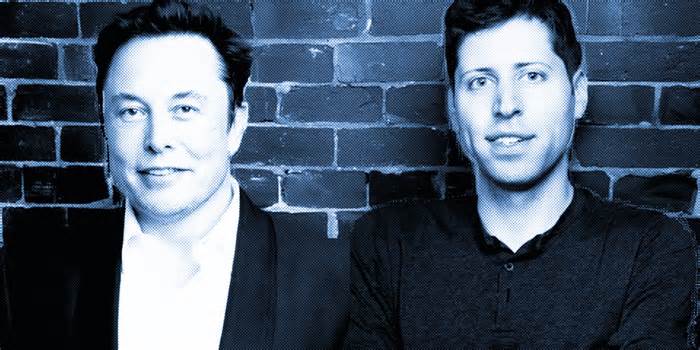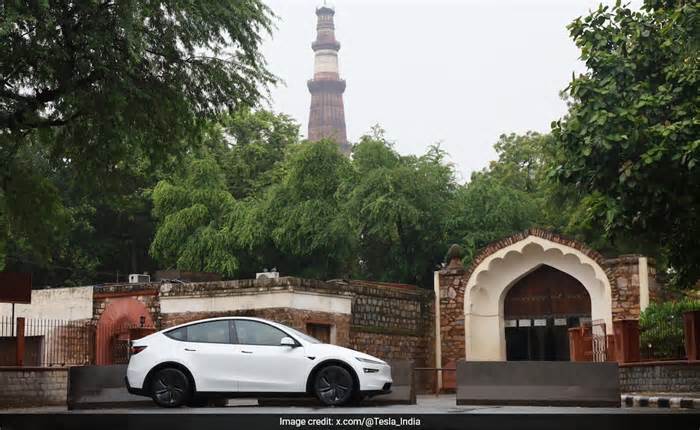
Decoding Tesla’s New “Fully Autonomous” Car Video—and What It ...
- by Gizmodo
- Jun 28, 2025
- 0 Comments
- 0 Likes Flag 0 Of 5
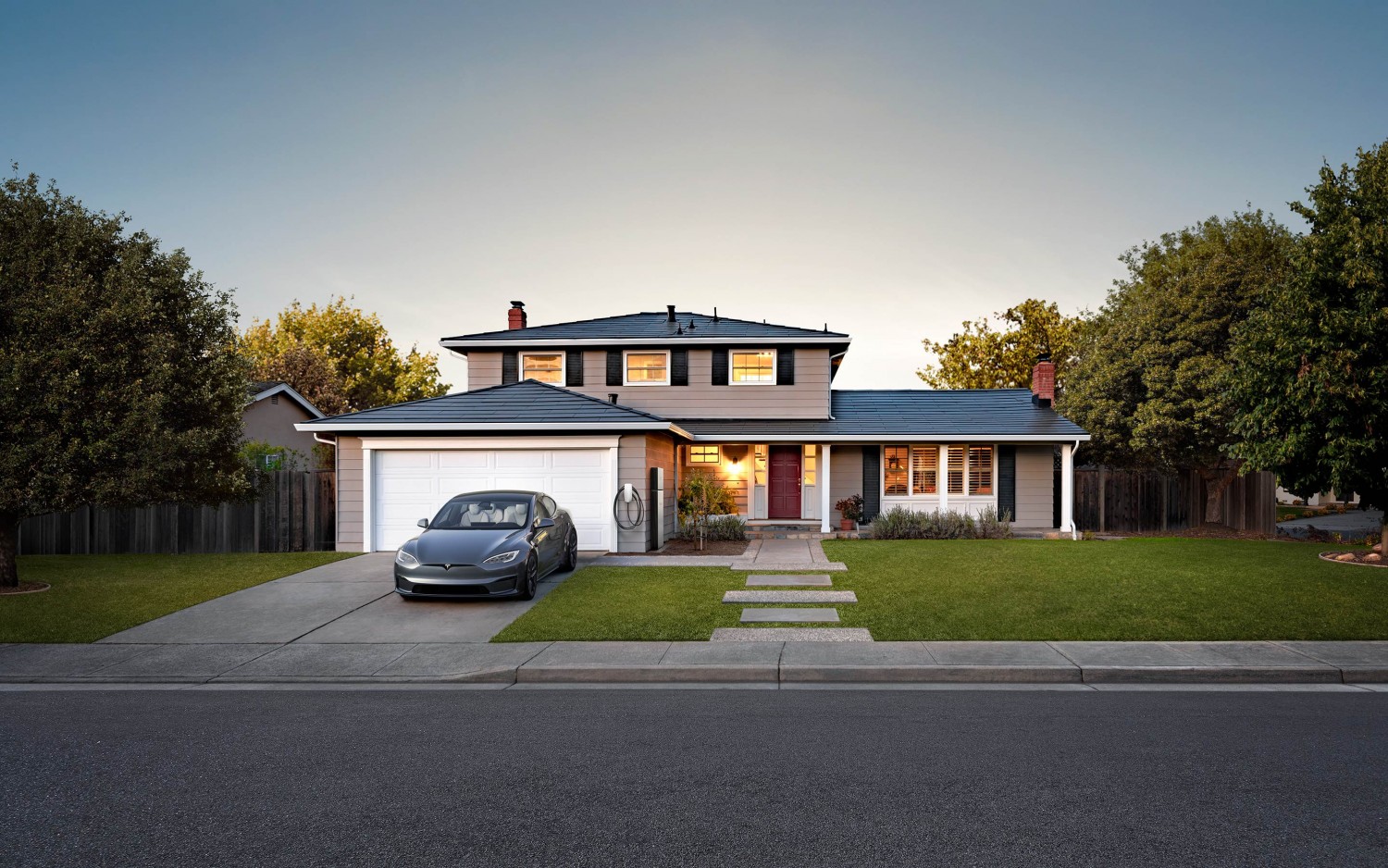
— Joe Tegtmeyer 🚀 🤠🛸😎 (@JoeTegtmeyer) June 27, 2025
It’s the kind of video that makes you believe the future has finally arrived. But this is Elon Musk and Tesla we’re talking about—a company with a long history of over-promising and under-delivering on self-driving technology. To understand what’s really going on, you need to understand the high-stakes, multi-billion-dollar race to build a truly autonomous car.
The Tech Wars: Cameras vs. Lasers
At the heart of the self-driving race are two fundamentally different philosophies.
On one side, you have Tesla. Its “Full Self-Driving” (FSD) system relies almost exclusively on cameras and AI. The approach, known as “Tesla Vision,” argues that if humans can drive with just two eyes, a car should be able to do the same with eight cameras providing a 360-degree view. The car’s computer “sees” the world and makes decisions based on an immense amount of video data it has been trained on. It’s a visually impressive and lower-cost approach, as it avoids expensive hardware.
On the other side, you have companies like Waymo (owned by Google’s parent company, Alphabet). Waymo’s system also uses cameras and radar, but its key sensor is LiDAR (Light Detection and Ranging). LiDAR units spin around, shooting out millions of laser beams per second to create a hyper-accurate, real-time 3D map of the car’s surroundings. This gives the car a superhuman ability to “see” distances, shapes, and objects with precise detail, day or night. It’s more expensive but is widely considered by many in the industry to be a more robust and redundant system.
The stakes are colossal: the company that cracks true, Level 5 autonomy—where a car can drive itself anywhere, anytime, without any human intervention—will not just dominate the auto industry, but will also revolutionize logistics, transportation, and urban life.
Reality Check: Deconstructing the Hype
With that background, let’s look at Tesla’s video again. The Model Y impressively handles various real-world scenarios. But Musk’s claims of a historic first are, characteristically, exaggerated. A few days ago, on June 22, Tesla launched a very limited version of its robotaxi service in Austin. Not only did it involve a small number of cars and hand-picked customers, but every vehicle had a human supervisor in the passenger seat and was restricted to a “geofenced” (geographically limited) area.
Furthermore, Musk’s claim that this is the “first fully autonomous drive with no people in the car… on a public highway” is demonstrably false. Waymo already offers driverless rides that include highway travel to its employees in Phoenix, San Francisco, and Los Angeles. While not yet available to the public, the capability has been operational for some time. The key difference is that Waymo has spent years collecting data and validating its safety in these areas with its LiDAR-equipped fleet, while Tesla seems to be rushing to create a public perception of leadership.
Our Take: A Breakthrough or a Carefully Choreographed Stunt?
This Tesla video is a PR win. But given Musk’s track record, a healthy dose of skepticism is warranted. It’s highly probable this specific 30-minute route was meticulously mapped and tested by Tesla under ideal conditions to ensure a flawless performance for the video. The real test of autonomy isn’t whether a car can complete one perfect, pre-planned trip; it’s whether it can handle thousands of unpredictable trips, safely, over millions of miles.
The most telling question remains: If Tesla’s system is truly “fully autonomous” as claimed in this video, why do its commercial robotaxis still require a human supervisor?
Musk is a brilliant salesman, and this video is his latest, most compelling ad. It sells a vision of the future that is tantalizingly close. But as we’ve seen time and again, with Tesla, the gap between a promotional video and everyday reality can be vast. Until these cars are navigating countless cities without a human safety net, this “historic” first is little more than a brilliant, but likely brittle, piece of marketing.
Please first to comment
Related Post
Stay Connected
Tweets by elonmuskTo get the latest tweets please make sure you are logged in on X on this browser.






 Energy
Energy